Table of Contents
What is Shoot System?
Shoot System is that which is constituted of the stem bearing buds, leaves, inflorescence, flowers and fruits. It is usually above ground and positively phototropic in nature.
What are the main characteristics of Stem?
- It is an above-ground ascending part of the plant axis.
- The stem grows from the plumule part of the embryo.
- Growth is with the help of a terminal bud.
- It bears distinct nodes and internodes.
- The branches and leaves appear exogenously on a stem.
- The stem bears buds.
- Hairs may occur over the surface. They are generally multicellular.
- The older stems are generally nongreen, woody with brown colour.
- Scale leaves or adventitious roots may appear on the stem.
- The stem is positively phototropic and negatively geotropic in nature.
Describe briefly the various forms of Stem?
- Caudex– The stem is unbranched, erect, cylindrical and stout and marked with scars and remnants of fallen leaves as in plants.
- Culm- The stem is jointed with solid nodes and hollow internodes as in bamboos (Bambusa arundinacea).
- Scape- There is no aerial stem instead there are aerial shoots that bear flowers as in onion and aroids.
- Prostrate or Procumbent- The stem trails on the ground and lies prostrate as in Oxalis and Evolvulus.
- Decumbent- The stem trails for some distance and then tend to rise at its apex as in Tridax.
- Diffuse- The branches of the stem are spread out in all directions on the ground as in Boerhaavia.
- Climbers- The stem attaches themselves to nearby object by means of some special devices like hooks as in Bougainvillea and tendrils in wild pea.
Various Functions of Stem:
- It bears various aerial structures like leaves, flowers and fruits.
- Stem exposes the leaves in such a fashion as to provide optimum sunlight to each of them.
- The stem bears flowers and fruits in a position to facilitate the processes of pollination and fertilization.
- It helps in conducting water and minerals from roots to leaves and other organs.
- It helps in translocating prepared organic food from leaves to the storage organs and to the various parts of the plant body.
- Young stems are green and take part in photosynthesis.
- Phylloclades and Cladodes are green photosynthetic structures formed from the stem and its branches which allow the plant to live in xeric conditions as transpiration is little from these parts.
- It produces leaves at the nodes and helps them spread so that they get sufficient sunlight.
- The stem can be used for vegetative propagation as in case of runners (Grass), stolons (strawberry), offsets (Eichhornia) and underground stems ( Potato, Ginger etc.).
- Flowers are modified shoots that take part in sexual reproduction.

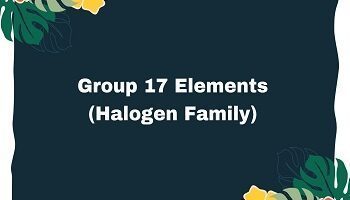
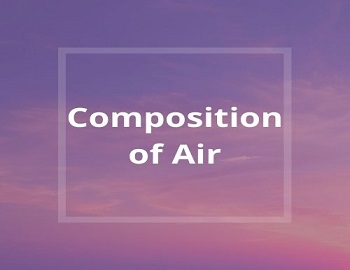
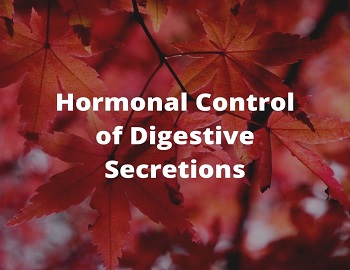

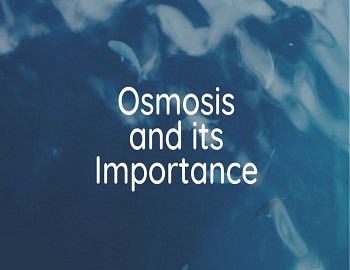
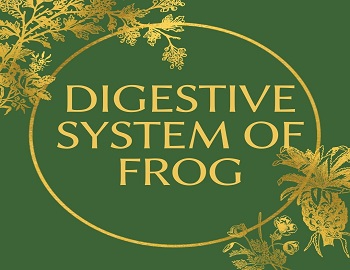


Comments (No)